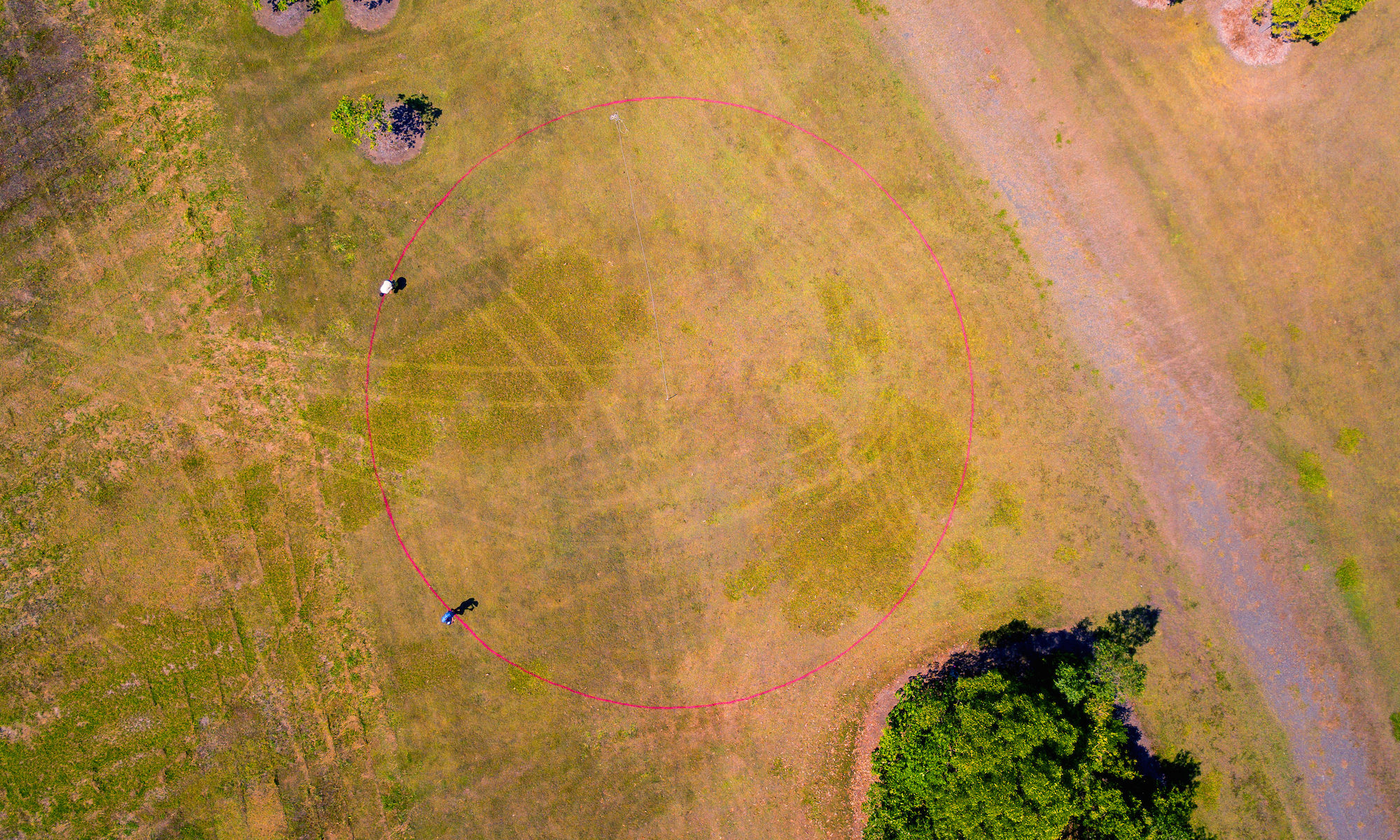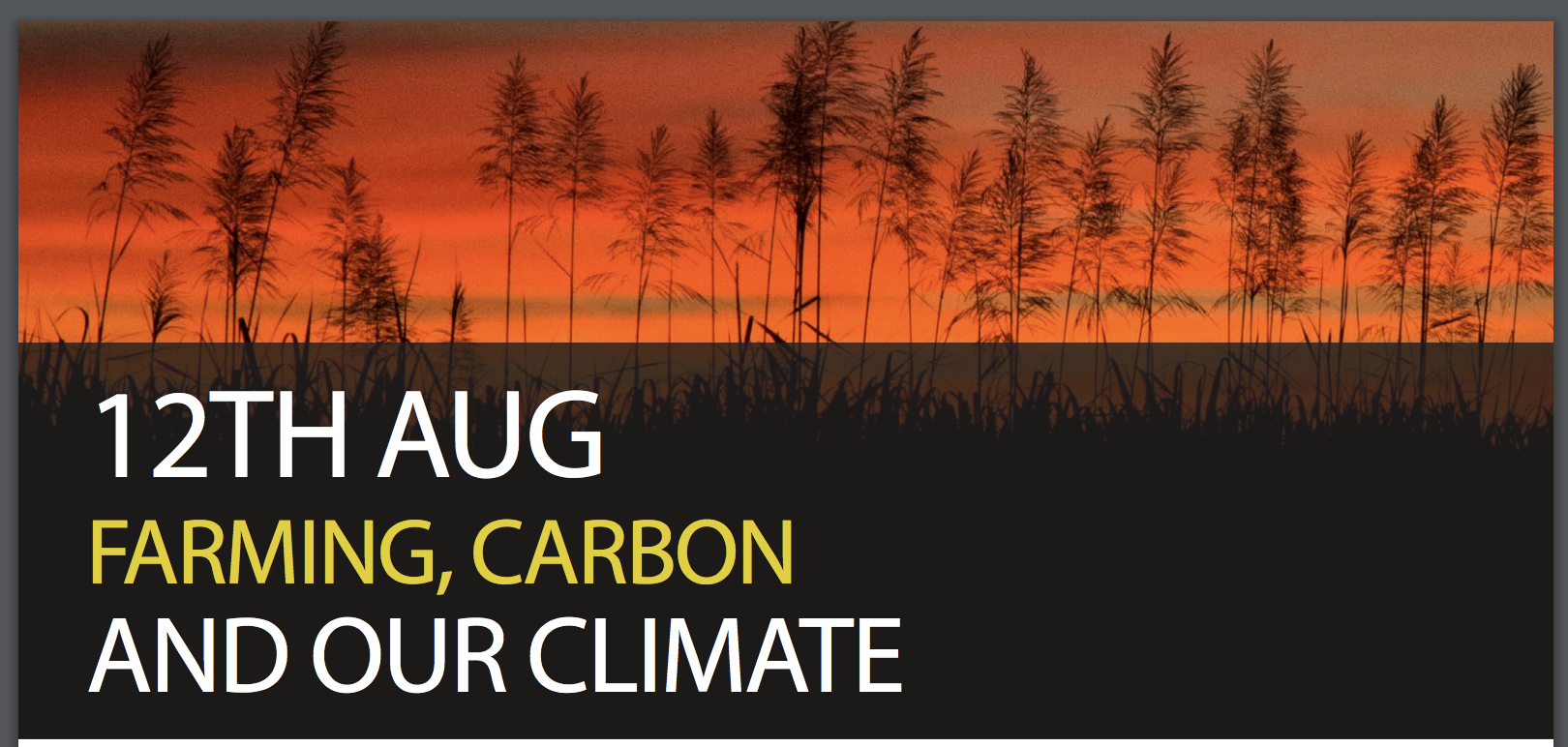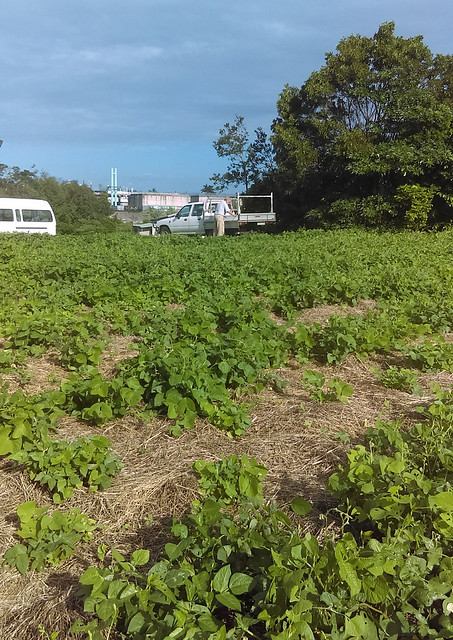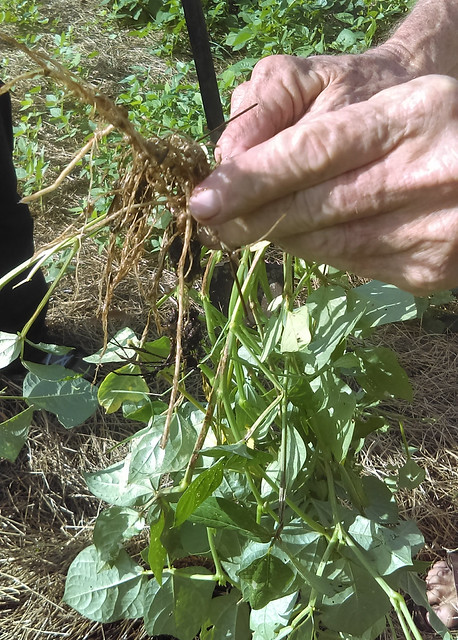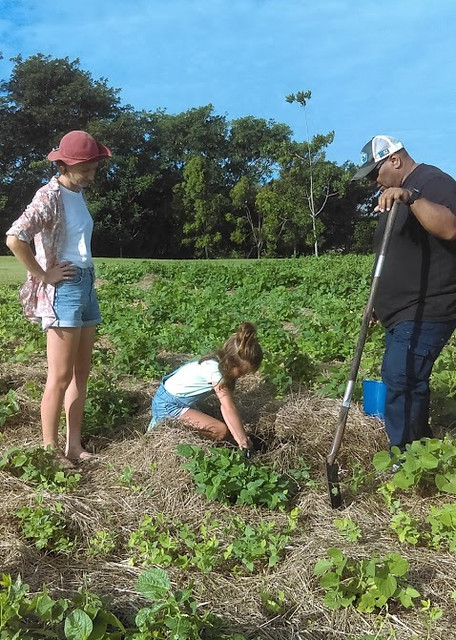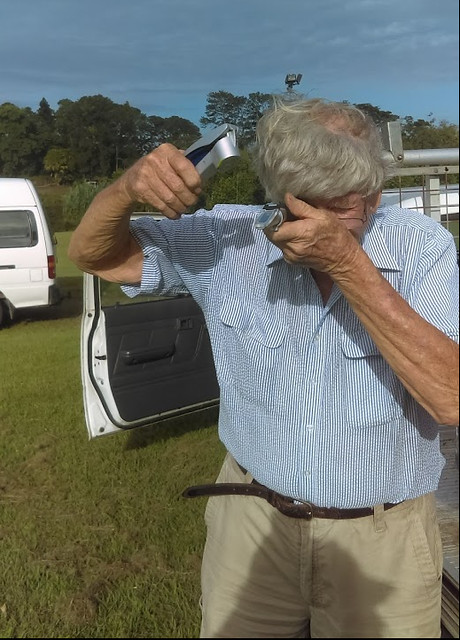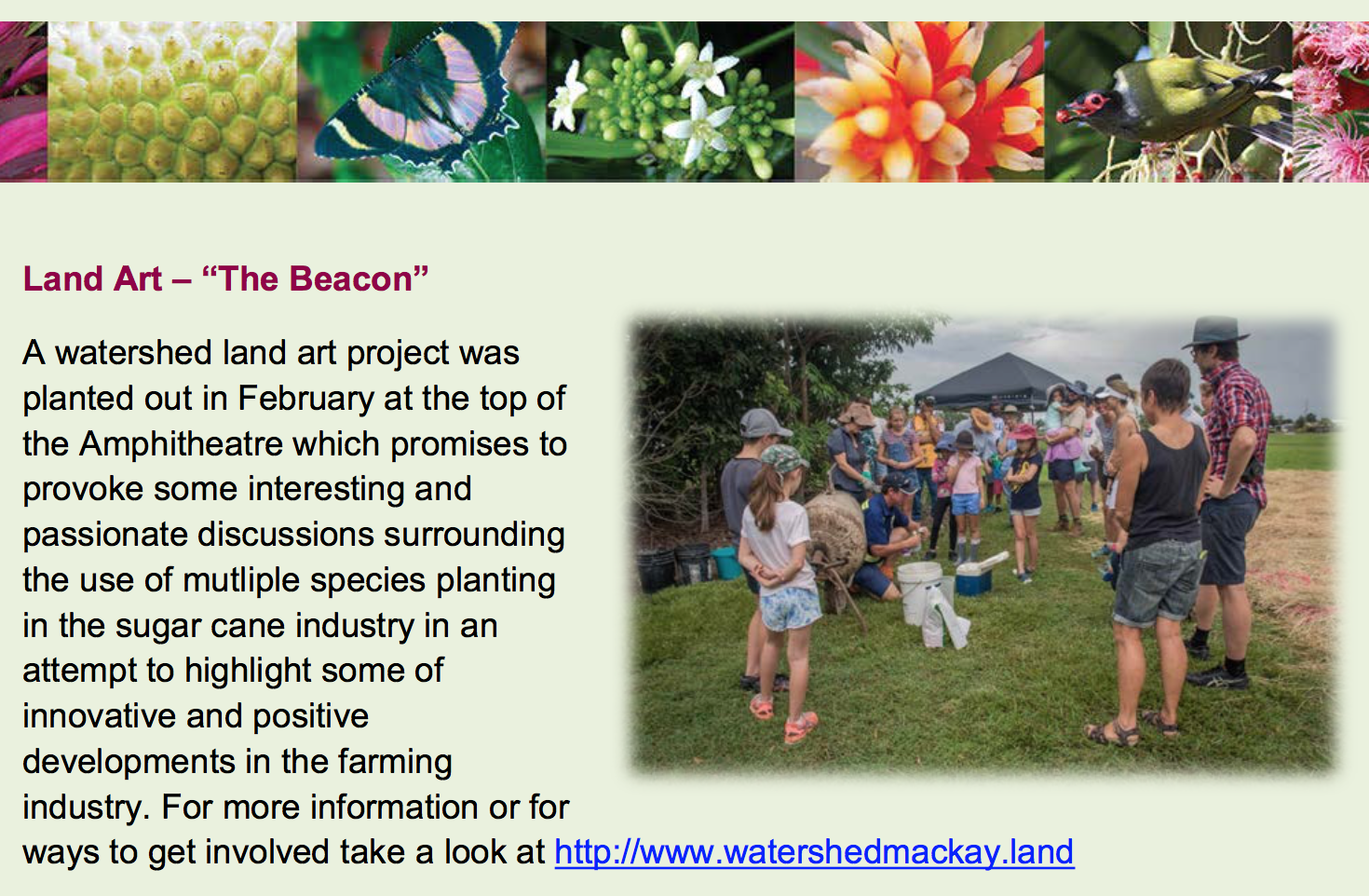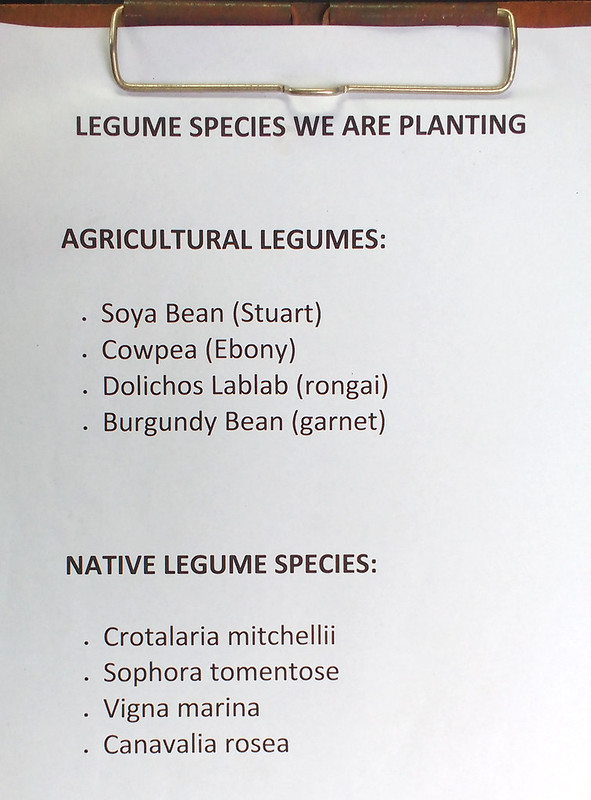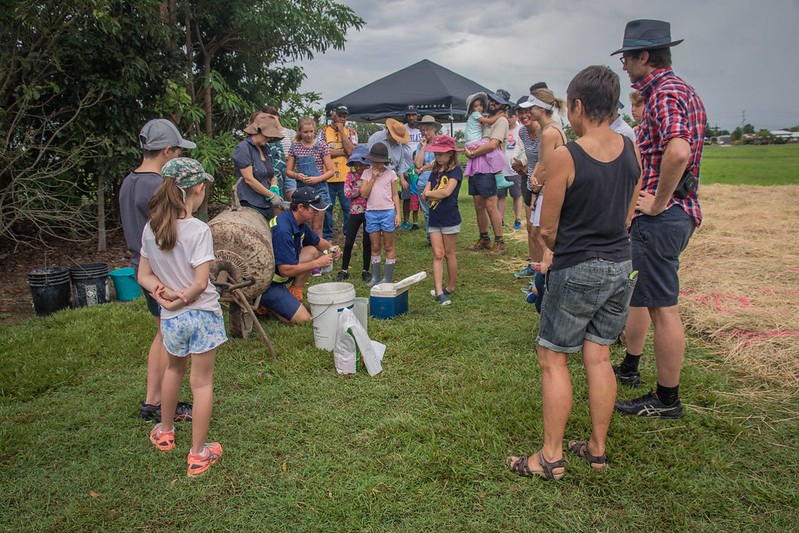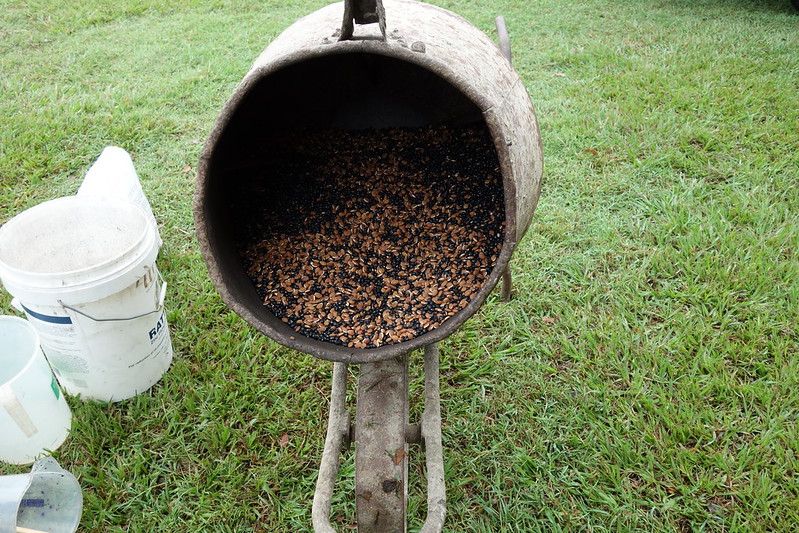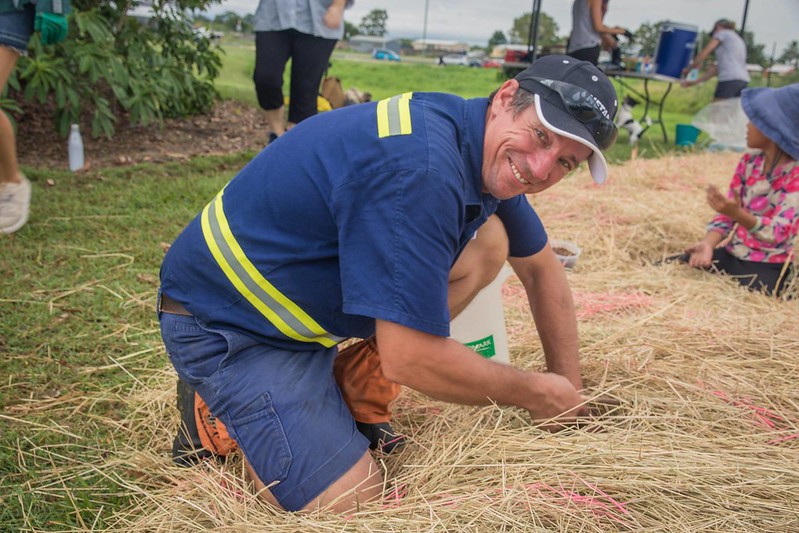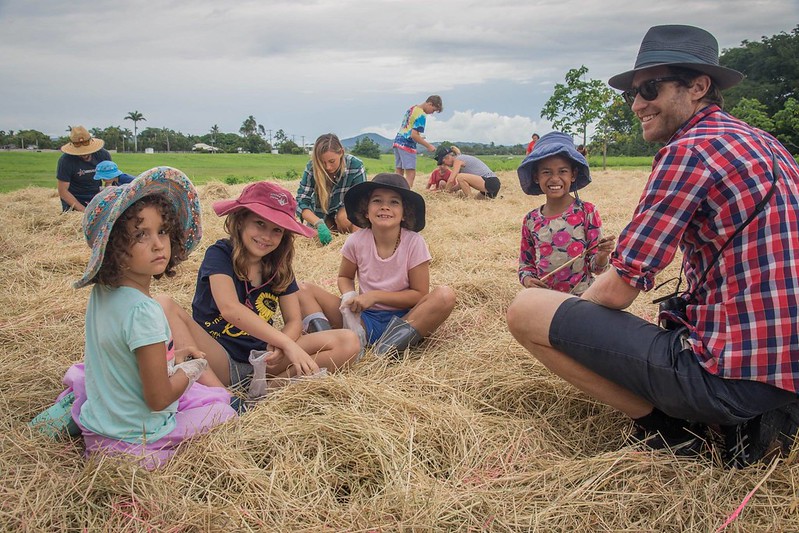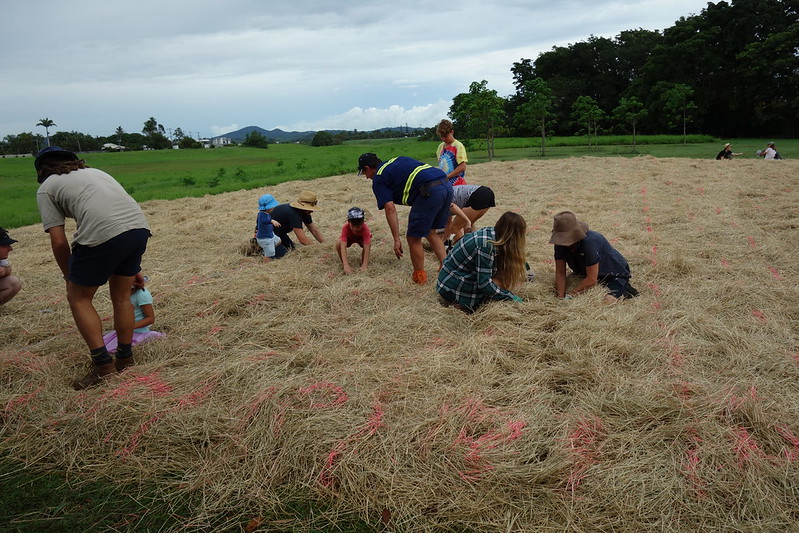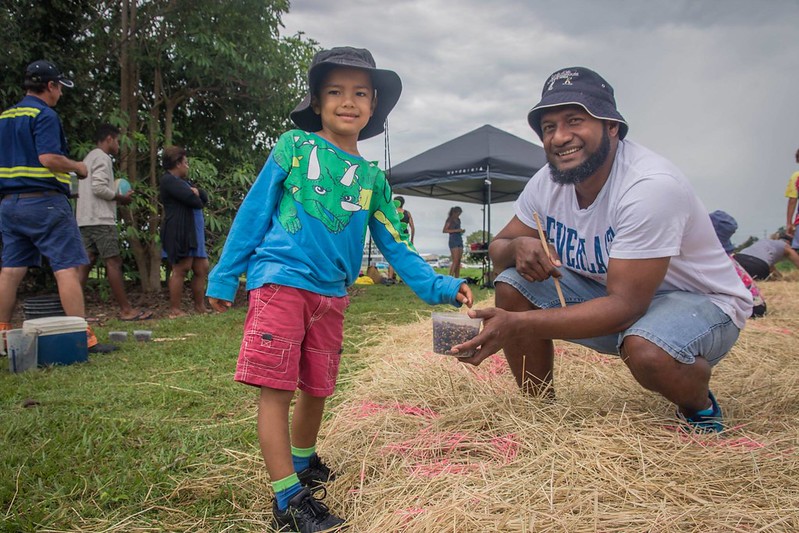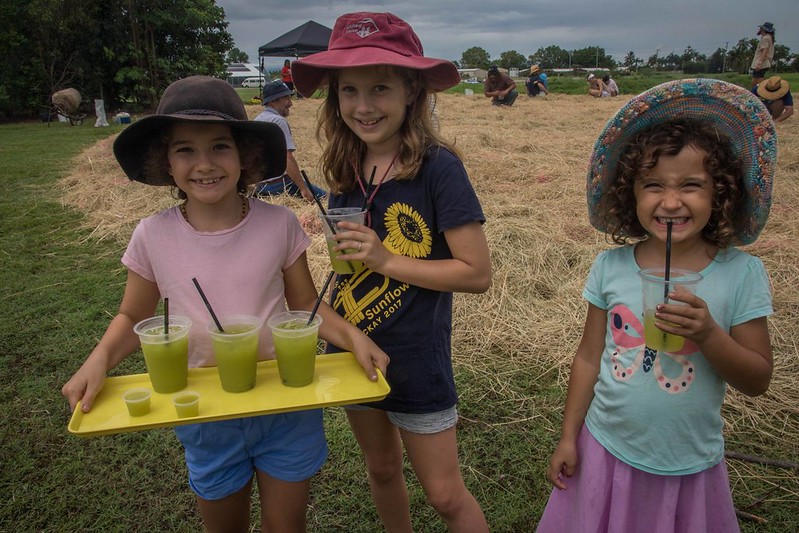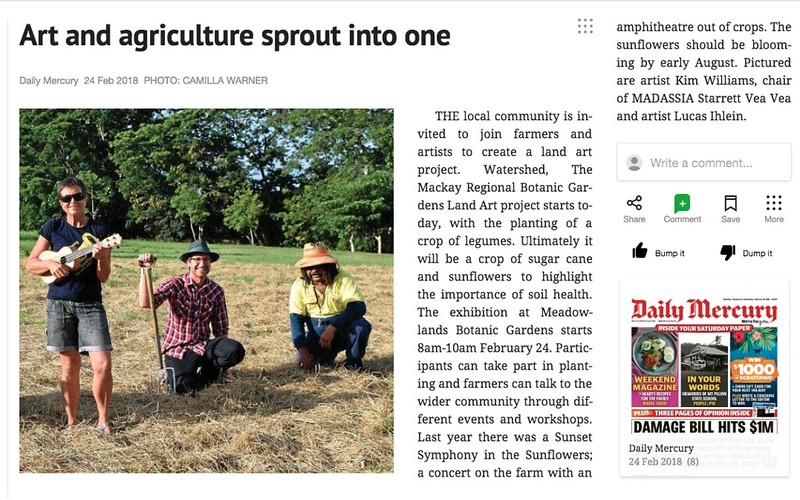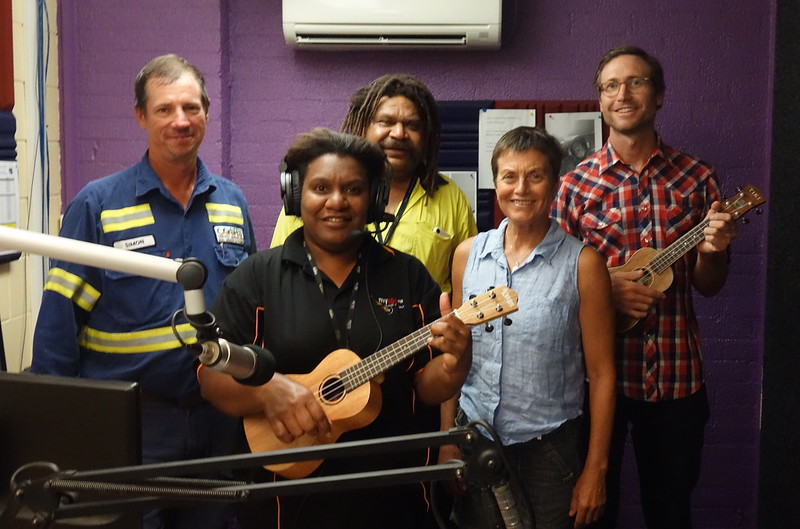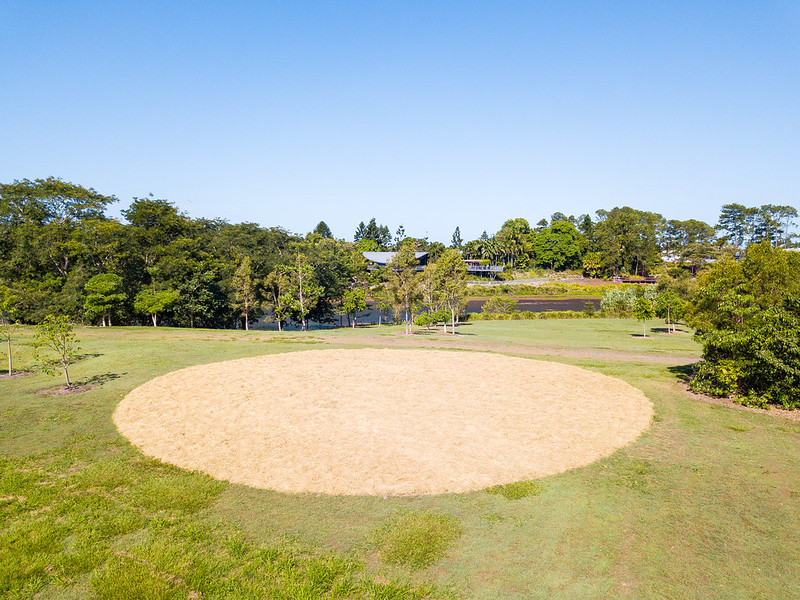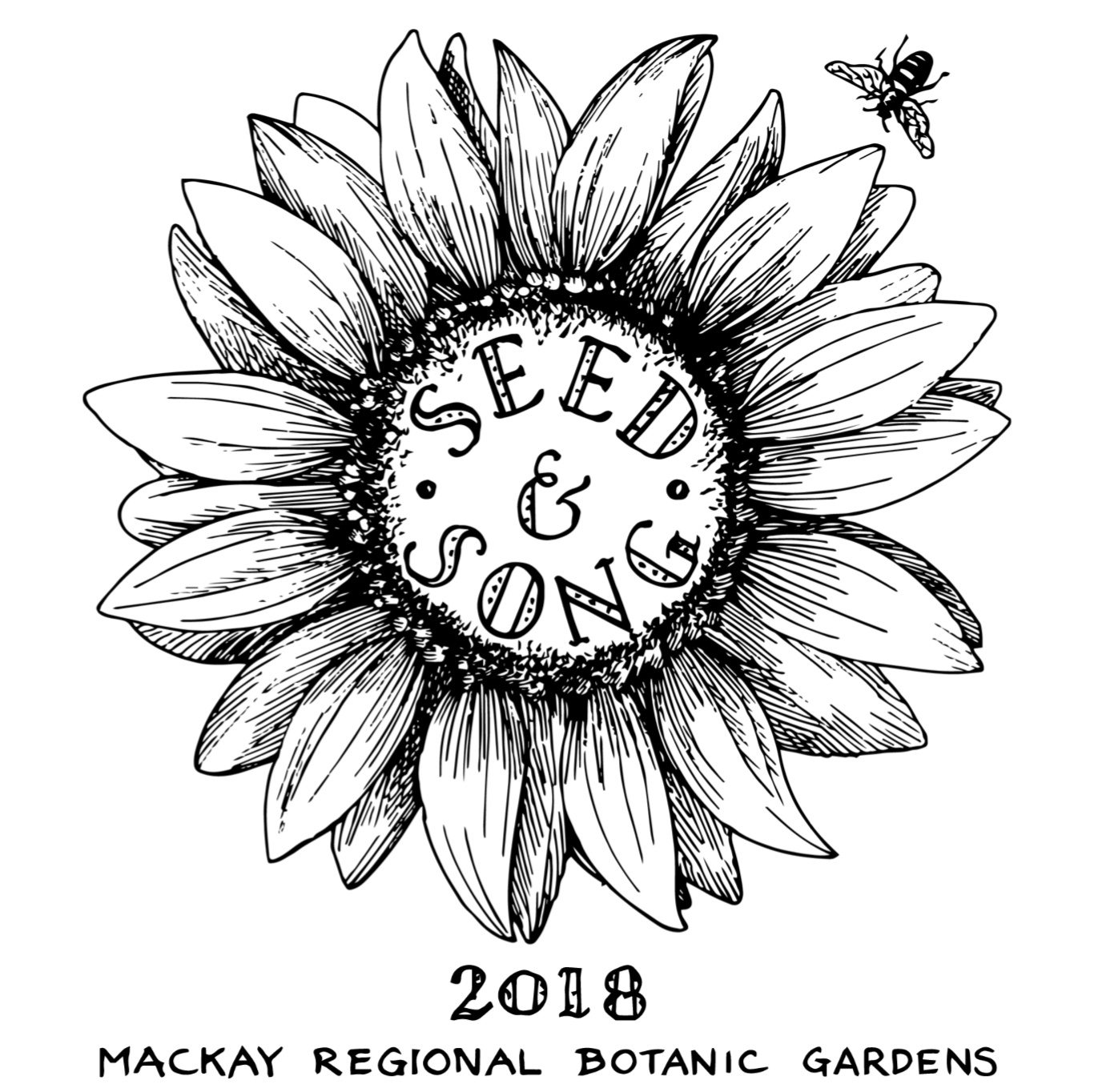
This August in Mackay, get your hands in the soil and have fun celebrating positive innovations in local agriculture!
Award winning artists in collaboration with council and local farmers welcome the community to be part of the Watershed Land Art Project at the Mackay Regional Botanic Gardens. The project – a stunning circular crop of sugarcane and sunflowers – is a demonstration of local achievements in eco-friendly farming systems.
On Sunday, August 26 from 12pm to 4pm join us for SEED AND SONG. It’s your chance to help plant sugarcane and sunflowers, learn about soil health, and find out what farmers and the community can do to support the Great Barrier Reef and human wellbeing.
The Diranga Gangali Aboriginal Dancers and the Sakwolo Islander Dancers will perform, and fresh sugarcane juice and local healthy foods will be served!
Following the August planting, this living work of art will continue to grow until the sunflowers bloom and a harvest celebration and concert is staged on November 24.
Mackay farmer Simon Mattsson, a key member of the Watershed Land Art Project team, says:
Sugarcane and sunflowers help each other by supporting a wide variety of soil biology, which means better outcomes for both. If both species grow healthier then there is less need for the farmer to use chemicals to fix problems.
Artists Lucas Ihlein and Kim Williams, from Wollongong, have been working with the local community in Mackay since 2014. Last year they helped create Sunset Symphony in the Sunflowers, a concert in an amphitheatre carved out of a crop of sugarcane and sunflowers on Mattsson’s farm in Marian. Ihlein says:
Staging events like Sunset Symphony in the Sunflowers, and the new Watershed project at the Botanic Gardens, is a way to bring farmers and the wider public together, raising awareness of exciting new ecological farming methods being developed within the sugarcane industry.
Groups associated with the project include Mackay Regional Botanic Gardens (MRBG), Mackay & District Australian South Sea Islander Association (MADASSIA), Yuwibara Aboriginal Corporation, Central Queensland Soil Health Systems, the Great Barrier Reef Marine Park Authority (GBRMPA), Pioneer Catchments and Landcare, Artspace Mackay, Australian Farmers for Climate Action, Mackay Conservation Group, Reef Catchments, and University of Wollongong.
DETAILS:
Sunday, August 26 from 12-4pm
Meadowlands, Mackay Regional Botanic Gardens
Car parking on Crowleys Road, off Alexandra St.
For more information contact the artists on 0423 745 736 (Lucas) or 0405 700 142 (Kim)
RSVP: info@watershedmackay.land
Check out https://www.facebook.com/watershedmackay/
Visit www.watershedmackay.land
Download the SEED AND SONG FLYER.
Download the Press Release as pdf here.
– – –
Funding for SEED AND SONG comes from:
- Great Barrier Reef Marine Park Authority (GBRMPA) via the Reef Guardians Community and Stewardship Grant Schemes
- Regional Arts Development Fund (RADF)
- Australia Council for the Arts
- Australian Research Council (ARC) via University of Wollongong
In-kind support from:
- Mackay Regional Botanic Gardens (MRBG)
